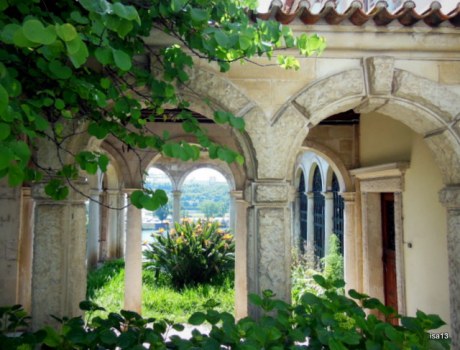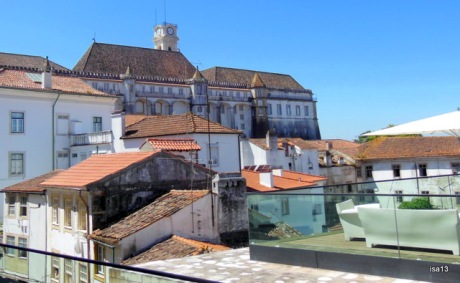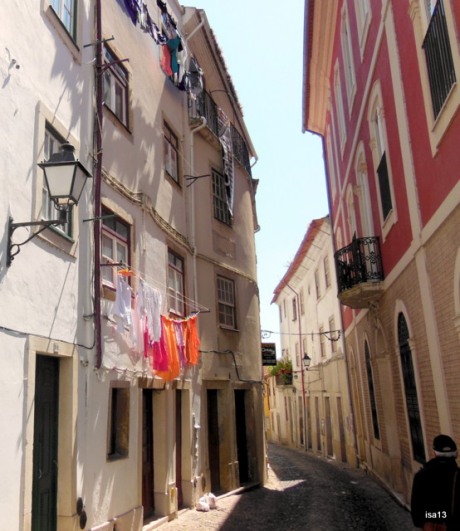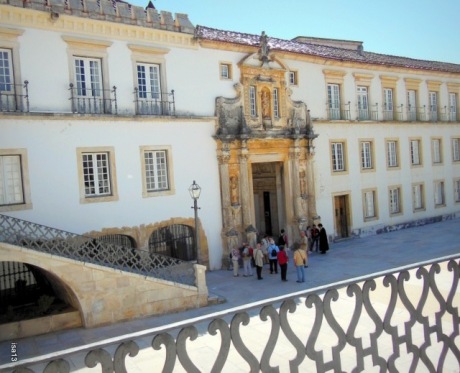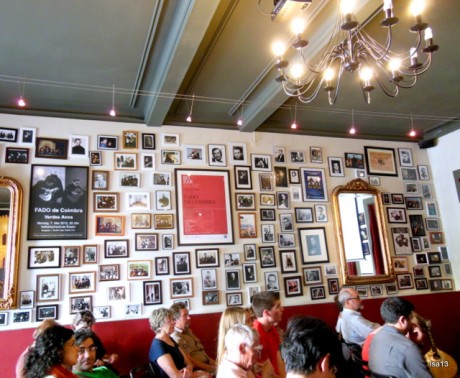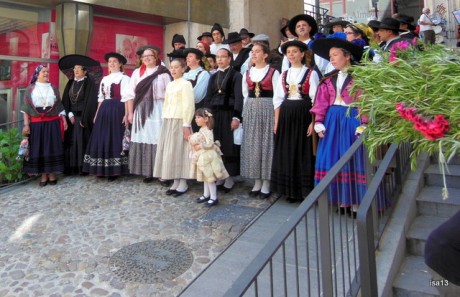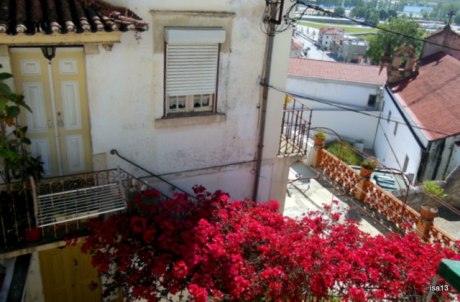Greenness in the city
August 14, 2013
Another day in Portugal. After the city of Porto, its harbour and the Douro river, how about spending some time in a luxuriant park of Porto and in Coimbra’s Botanical Garden ? It was founded in 1772 and is part of its very ancient University. More about the beautiful city of Coimbra later on. Won’t you come into the garden, I would like my roses to see you.” Richard Brinsley Sheridan (1751-1816) said to his future wife Elizabeth inferring that she was more beautiful.
Won’t you come into the garden, I would like my roses to see you.” Richard Brinsley Sheridan (1751-1816) said to his future wife Elizabeth inferring that she was more beautiful.

I sit in my garden, gazing upon a beauty that cannot gaze upon itself. And I find sufficient purpose for my day. ~Robert Brault.

In the garden I tend to drop my thoughts here and there. To the flowers I whisper the secrets I keep and the hopes I breathe. I know they are there to eavesdrop for the angels. ~Dodinsky
 The temple bell stops but I still hear the sound coming out of the flowers. ~Basho
The temple bell stops but I still hear the sound coming out of the flowers. ~Basho
 The mystery of a glasshouse… What kind of world is growing under its roof, brilliant patchwork of glass tiles ? What universe shall we discover as we open the door ?
The mystery of a glasshouse… What kind of world is growing under its roof, brilliant patchwork of glass tiles ? What universe shall we discover as we open the door ?
 Give me odorous at sunrise a garden of beautiful flowers where I can walk undisturbed. ~Walt Whitman
Give me odorous at sunrise a garden of beautiful flowers where I can walk undisturbed. ~Walt Whitman

Gardening is civil and social, but it wants the vigor and freedom of the forest and the outlaw. ~Henry David Thoreau
 Bread feeds the body, indeed, but flowers feed also the soul. ~The Koran
Bread feeds the body, indeed, but flowers feed also the soul. ~The Koran
A hue of far away. Perhaps for this
The dove brought olive back, a tree which grows
Unearthly pale, which ever dims and dries,
And whose great thirst, exceeding all excess,
Teaches the South it is not paradise.
My garden is my favorite teacher. ~Betsy Cañas Garmon,www.wildthymecreative.com
Sailing along the Douro river
August 8, 2013
Third day in Portugal. En route for a one day cruise on the Douro river, 980 km long, springing in Spain and marking the boundary between the two countries for about 100 km. Needless to say we did not go to the Spanish border in one day but the short trip up-river was a fascinating and most pleasant one.The light morning fog had lifted and the day was brilliant and hot.
We are sailing at a slow pace between low hills covered with thick forests or well-kept vineyards. Here and there we pass in front of isolated houses, some look abandonned, others may be holiday houses.
A few bridges cross the landscape : here an old stone railway bridge and above it a more modern one for the busy traffic along the Douro Valley. Most villages and towns are built in the hinterland. We passed through them as we travelled back to Porto by train in the late afternoon : white villages surrounded by orchards, large vegetables gardens, some vineyards and all kind of flowers, of course.
A flash of golden brightness in the woods. Would those luminous plants be brooms ?
I was curious about the small white house on the left. A waiter on board told me it was a railway station. Little did I know I would stop there on the way back to Porto later on. A neat and quiet place between forests and rows of terraced vineyards.
Another village at the edge of the water slowly waking in the morning sun. There were hardly any sounds we could hear from the boat : just a dog barking, a few kids running and laughing, a peaceful setting. I imagine the hills getting fully alive during wine harvest. It reminded me of my own area in Switzerland, apart from the mountains.
The Douro river was once as a succession of rapids and the river had to be moved up countercurrent. Five dams were built to make it safe and navigable. The Douro was the river route for the Rabelos barges which transported barrels of wine from the valley to the wine logdes of Porto and Vila Nova de Gaia.
We are just passing through one of the several locks. Impressive high walls and heavy doors !
More terraced vineyards nested in the forest. A lovely red-roofed house, maybe a “Quintas” ? one of those farms and residences of the wine producers where the best wines can be tasted.
We stopped in Peso da Régua, this is where our small cruise ended. Before our train took us back to Porto, tiime was sufficient to visit the small town which lives for and from wine. In the XVIII century it already was the point of departure for the Rabelos (barges). Beautiful painted azulejos (tiles) depicted different scenes of the life and work in the vineyards. Here is a detail of one of the azulejos : the loading of the barrels onto the Rabelos as they went on their journey to Porto. I liked this tribute to the many men and women who are working hard on the terraced vineyards along the Douro. Their way of working has changed of course, but the passion for their culture and wine making remains the same.
Here is a detail of one of the azulejos : the loading of the barrels onto the Rabelos as they went on their journey to Porto. I liked this tribute to the many men and women who are working hard on the terraced vineyards along the Douro. Their way of working has changed of course, but the passion for their culture and wine making remains the same.
Back in Porto station early evening, the eyes full of colours : the blue sky and river, the yellow bushes, the green vineyards and forests, the red tiled roofs of the white houses. Truly a magnificent day. I hope you enjoyed it too.
